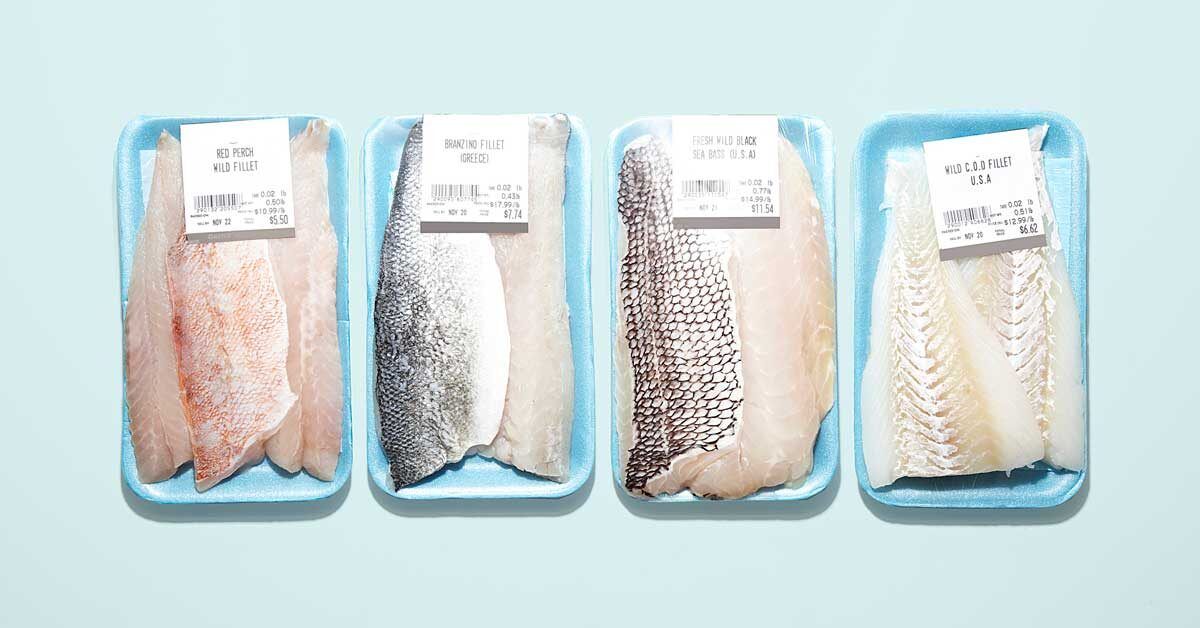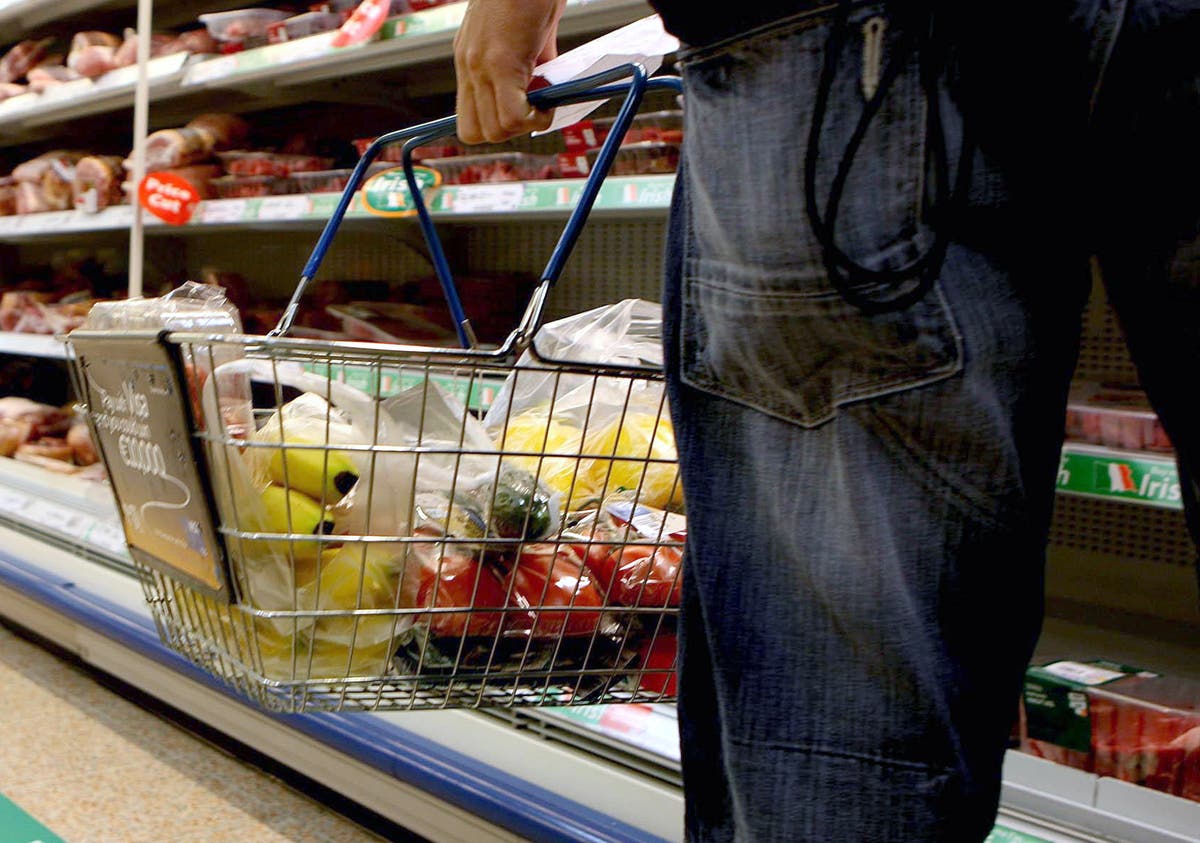

Sixty-year-old Rolf Sulzle recently retired from a career as a toolmaker, having lived his life in reasonably good health, until he was suddenly diagnosed with an aggressive IDH1 mutant brain cancer in May this year and told he had just three months to live.
Cancer is rife in Rolf’s family, having been responsible for the deaths of his mother, brother and sister.
“My wife and colleagues were the first to notice the symptoms, changes that I couldn’t see in myself; odd behaviour, being distant and less responsive,” Rolf said.
“The doctor thought I might’ve had depression, until the scans showed a large tumour on the left side of my brain; it was a real shock.”
A successful surgery removed 99% of the tumour, buying Rolf more time. He’s now undergoing chemotherapy targeting the remaining cancer cells.
“They told me if I’d gone another few weeks without treatment, I would’ve been dead,” Rolf said.
Rolf cares for his wife Julie, who lives with a crippling auto-immune disorder, and says his main concern is staying alive as long as he can to look after her. “The advice I’ve been given so far is to live every day like it’s my last,” Rolf said.
IDH1, fats and food
The IDH1 gene mutation reprograms the cell and is commonly found in the blood cancer, acute myeloid leukaemia, bone cancer called chondrosarcoma, bile duct cancer and low-grade glioma, a type of brain cancer.
Researchers from the South Australian Health and Medical Research Institute (SAHMRI) and University of Adelaide, led by Dr Daniel Thomas, have debunked the theory that diet has no impact on tumours. In a new study, published in Cancer Discovery, the team has reported that food could play a major role in stopping the growth of some cancers.
The study showed cancers with IDH1 gene mutations can’t grow without lipids; a group of naturally occurring molecules, namely fats, contained in various foods such as butter and ice cream.
“We replicated the results in a range of cancer types, comparing a regular diet with one that was completely fat-free and were surprised to find tumours with IDH1 were stopped in their tracks when starved of lipids,” Thomas said.
“More work needs to be done to substantiate our findings in humans long term, but for anyone with an IDH1 mutant cancer like Rolf, our research suggests erring on the side of caution by avoiding foods that are high in saturated fats,” Thomas said.
“If there’s a chance, I can get some extra time out of being more careful with what I’m eating, I’ll absolutely do it,” Rolf said.
It’s a timely discovery, with the country’s first proton therapy facility soon to be established at the Australian Bragg Centre, according to the institute.
Funded by the Hospital Research Foundation Group, Snowdome Foundation and the Leukaemia Foundation, the study was conducted in collaboration with Stanford University.
Targeted therapies
SAHMRI could become the first in the world to combine IDH1 targeting with proton therapy and tailored small molecule therapies, said the institute in a statement.
“These findings may eventually lead to an increase in survivorship in patients who’re in remission following treatment of IDH1 cancers using proton therapy or radiotherapy,” Thomas said.
“We’re quickly learning every little bit counts to achieve remission and improve survivorship without excessive chemotherapy.”
The study opens the door for long-term patient studies that would allow researchers to prove definitively if a diet low in lipids or lipid-lowering drugs can stop these tumours growing, the statement said.



